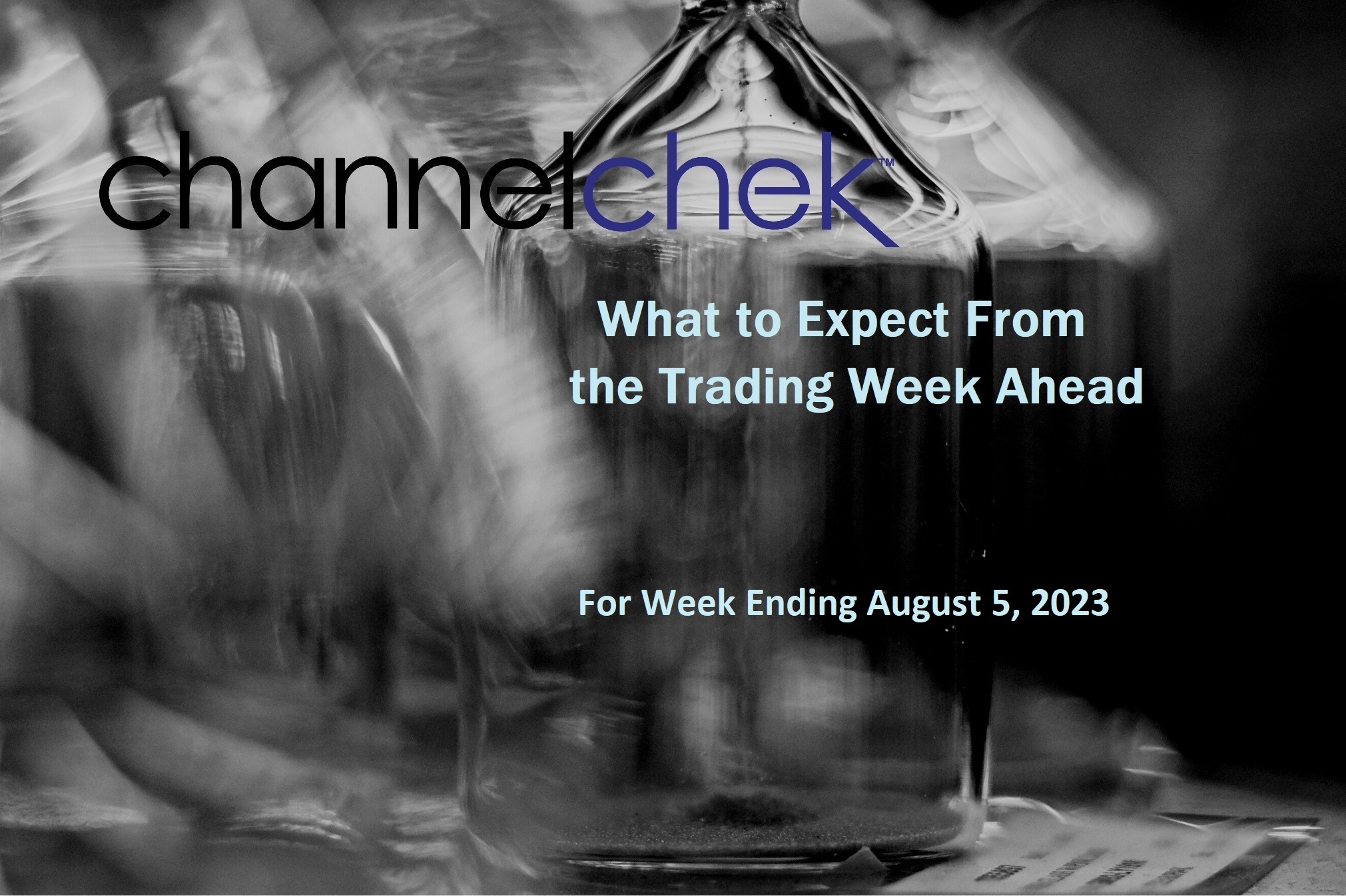| Key Points – Microsoft stock drops over 5% following a cautious Q2 forecast, marking its worst one-day fall in two years. – Rising AI and cloud investments contribute to a 50% surge in property and equipment spending, raising profitability concerns. – Azure’s growth slows amid supply chain delays, as Microsoft continues aggressive AI investment with OpenAI. |
Microsoft’s shares plummeted over 5% on Thursday following a quarterly forecast that fell short of Wall Street’s expectations, marking its steepest drop since October 2022. Despite better-than-anticipated revenue and earnings for the recent quarter, the software giant’s guidance for the December period led investors to re-evaluate the impact of high spending on artificial intelligence (AI) and cloud infrastructure.
The tech giant reported a 16% revenue increase year-over-year, reaching $65.59 billion, beating the $64.51 billion estimate. Earnings per share also exceeded predictions, landing at $3.30 against an expected $3.10. Net income rose to $24.67 billion, up from $22.29 billion in the same quarter the previous year, indicating robust performance in core business areas, particularly in cloud services.
However, Microsoft’s forecast for its December quarter revenue—projected between $68.1 billion and $69.1 billion—fell slightly below analysts’ expectations of $69.83 billion. While these numbers imply a 10.6% growth in revenue, the miss signals potential challenges ahead as AI and cloud infrastructure investments weigh heavily on profitability. Microsoft’s Azure cloud platform saw a 33% growth this quarter, yet growth projections for the next quarter suggest a slight deceleration, expected between 31% and 32%, according to CFO Amy Hood.
In comparison, Google recently reported 35% growth in its cloud division, and Amazon, the leader in cloud services, is set to release its own earnings, with analysts keenly watching its results for further insights into the competitive cloud landscape. Microsoft has continued to ramp up spending to expand its AI capabilities, particularly through its $14 billion investment in OpenAI, valued at $157 billion. The company expects a significant $1.5 billion loss on this investment in the current quarter due to substantial operational expenses.
CEO Satya Nadella acknowledged supply chain delays in data center infrastructure from external suppliers, which are likely to affect Microsoft’s ability to meet rising demand for its services this quarter. Nadella remains optimistic that these challenges will ease later in the fiscal year as supply and demand align more closely.
Microsoft’s substantial investments in AI and infrastructure have not come without financial strain. Property and equipment expenses surged 50% year-over-year to nearly $14.92 billion, surpassing analyst expectations. This hike reflects Microsoft’s commitment to maintaining a competitive edge in AI and cloud services but also raises questions regarding the sustainability of such high spending levels.
Analysts from BofA Global Research still advise buying Microsoft stock despite the conservative outlook, suggesting that the firm’s core growth engines, like Azure and Office, remain solid. However, they note that the significant AI infrastructure spending may weigh on short-term profitability. Meanwhile, Microsoft’s shares, which were up 9% for the year, trail the Nasdaq’s 21% increase year-to-date, revealing investor caution around Microsoft’s aggressive spending strategy in AI.
As the tech sector continues to pivot towards AI and cloud solutions, Microsoft’s situation exemplifies the challenges of balancing growth with heavy investment costs. While the company’s AI ambitions signal promising long-term growth, the cautious near-term outlook on profitability could lead to further stock volatility as investors navigate the risks and rewards associated with Microsoft’s AI and cloud strategy.








